Discerning the Appropriate Age for Ordained Ministry
Advocating for younger men, in their early 30s, to be ordained deacons
Deacon Steve Kramer 1
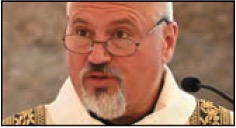 For eight years I have served as director of homiletics and director of recruitment at Sacred Heart Seminary and School of Theology. Our niche is the formation of older vocations for the priesthood. Older (I prefer the term “mature”) men bring unique and much-needed gifts to the presbyterate. So, it may seem odd that an advocate for men aged 50s and 60s to be ordained priests is likewise an advocate for younger men, in their early 30s, to be ordained permanent deacons.
For eight years I have served as director of homiletics and director of recruitment at Sacred Heart Seminary and School of Theology. Our niche is the formation of older vocations for the priesthood. Older (I prefer the term “mature”) men bring unique and much-needed gifts to the presbyterate. So, it may seem odd that an advocate for men aged 50s and 60s to be ordained priests is likewise an advocate for younger men, in their early 30s, to be ordained permanent deacons.
The second edition of The National Directory for the Formation, Ministry, and Life of Permanent Deacons in the United States of America states that, “In accord with canon law, the USCCB establishes the minimum age for ordination to the permanent diaconate at thirty-five for all candidates, married or celibate. The establishment for a maximum age for ordination is at the discretion of the diocesan bishop, keeping in mind the particular needs and expectations of the diocese regarding diaconal ministry and life” (No. 92).
The directory addresses the importance of the various relationships in a deacon’s life: with his bishop, priests, brother deacons, religious communities; his own family; and wider society. It is within secular society — that is, in our occupational, civic and public responsibilities — that deacons can live out the task the bishop calls us to: “Receive the Gospel of Christ whose herald you now are. …” As heralds, we are called to bring the Church to the world, and the world to the Church. What better place to do so than the marketplace, where in the everyday situations of life a deacon can bring Christ’s love and compassion to those who may not have a relationship with God or any specific church.
According to the 2021 CARA (Center for Applied Research in the Apostolate) report on the U.S. diaconate, 36% of deacons are age 70 or older, 41% are 60-69, 20% 50-59, 4% 40-49, and less than 1% are 39 or younger. Look at this from the perspective that approximately 75% of deacons are retired or of retirement age: How many of us are currently active in the workplace today to witness Gospel values to people who desperately need to hear, see, and feel Christ’s touch in difficult moments?
Often, a young applicant to diaconal formation is told to wait until their children are grown and/or they are closer to retiring or slowing down. The presupposition is that a deacon’s “real ministry” is what he does sacramentally or within other Church activities. However, this is exactly why we should look at younger men for ministry. I began diaconal formation at age 32 and was ordained in 1994 at age 38. Our two youngest were born during formation. The children were ages 3, 4, 6 and 12 at the time of my ordination. Our family grew with the community. When there were horrific accidents, suicides or other difficult moments, I was able to minister to those in the community. When my children’s school or sports teams had events, I was not only the deacon from the church, but also a fellow parent. When a drug epidemic took the lives of several of our students, parents and community leaders sought my counsel.
A young deacon’s journey will be vastly different from a 55-year-old candidate. It is up to him and his wife to ascertain how his ministry will unfold. Every diaconate family is unique. My hope is that we are able to recognize a possible vocation in some of our young men and ask them to discern the diaconate. Help them, mentor them, listen to them. Remember what God says to Samuel when he is sent and anoints young David — “God does not see as a mortal, who sees the appearance. The Lord looks into the heart” (1 Sm 16:7).
DEACON STEVE KRAMER, D.Min., is director of homiletics and associate professor of pastoral studies at Sacred Heart Seminary and School of Theology in Hales Corners, Wisconsin.


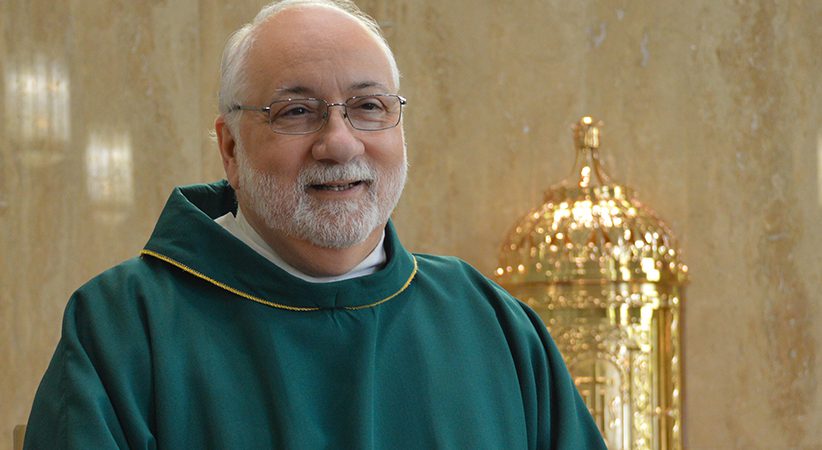
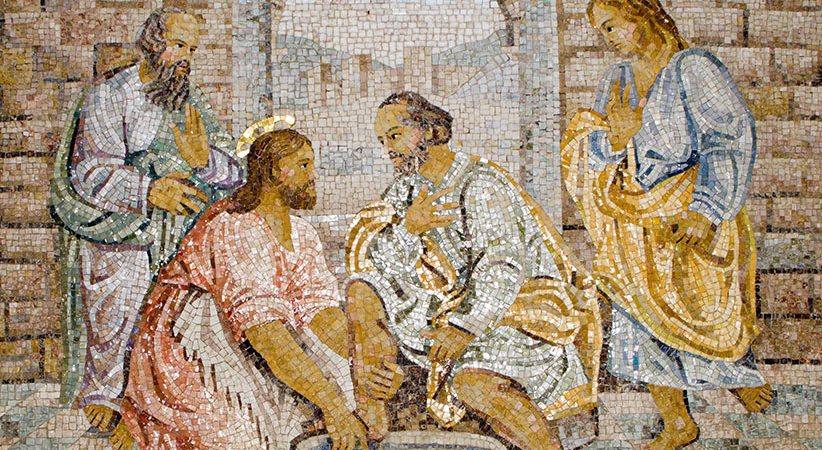
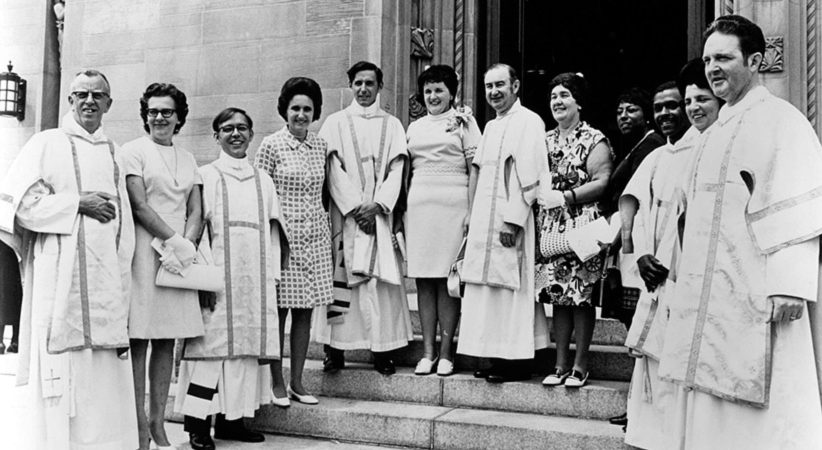
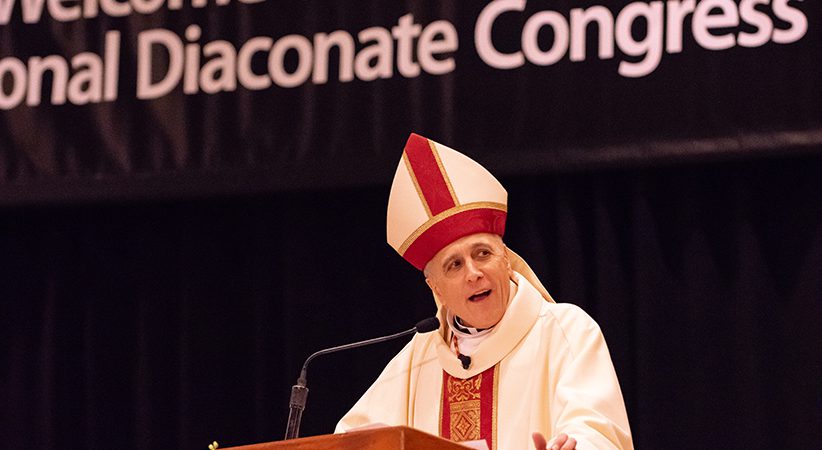
Comments are closed.